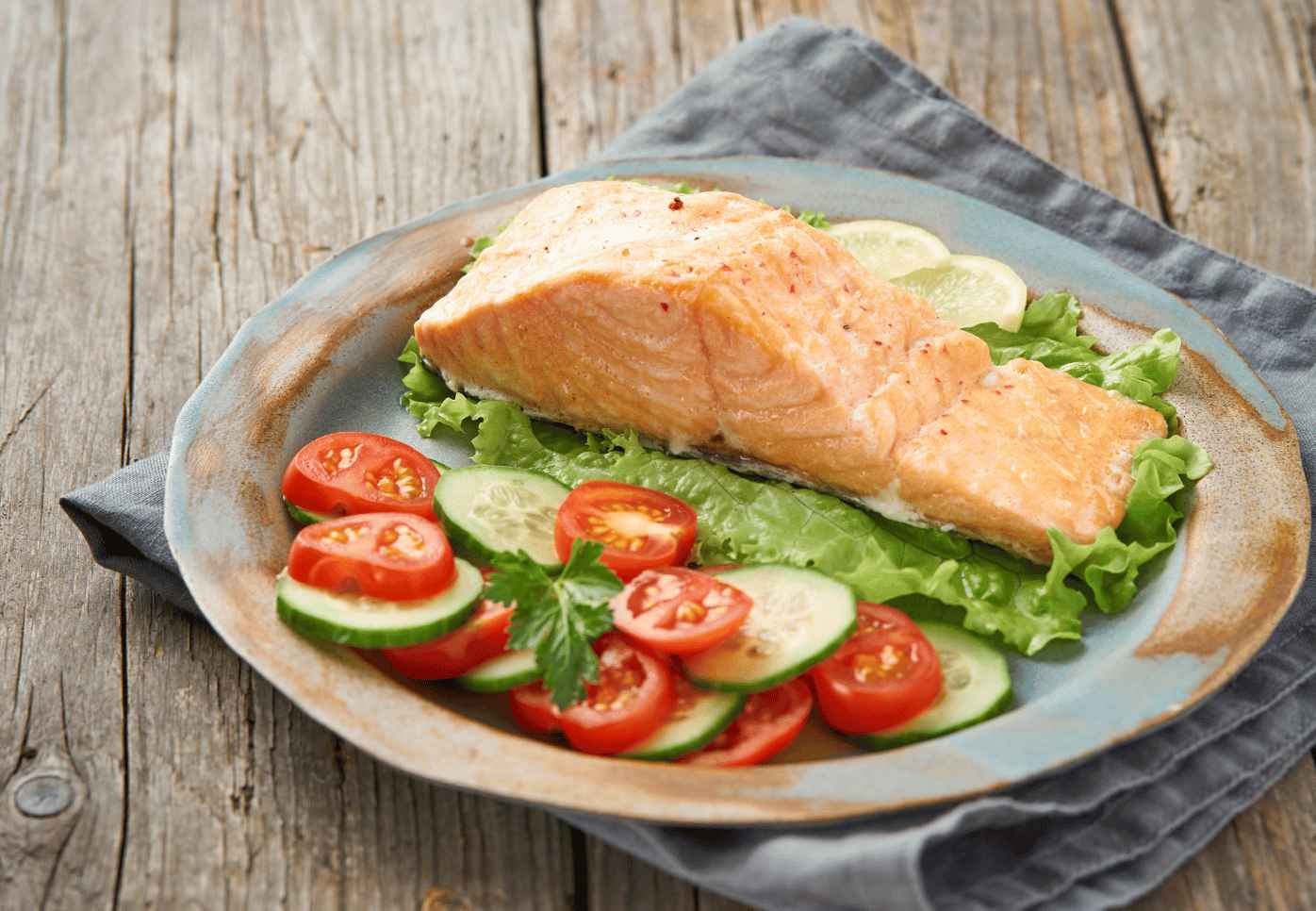Hey there! I’m so excited to share my personal journey with you because combining keto with intermittent fasting has truly transformed my life. If you’re just starting out, I know it can feel overwhelming. But trust me, you’re going to love the results once you get the hang of it. I’m here to guide you through this amazing combo, using what I’ve learned from my own experiences. Let’s do this together!
Why I Fell in Love with Keto and Intermittent Fasting
When I first heard about intermittent fasting (IF), I was pretty skeptical. I mean, who likes the idea of skipping meals, right? But after doing some research and giving it a try, I found it so much easier than I imagined—especially when paired with keto. The combination has helped me lose weight, boost my energy, and feel more focused than ever before.
What I love most about keto and IF is how simple it is once you get started. You don’t have to obsess over counting calories, and it’s so empowering to know that you’re fueling your body with healthy fats while giving it time to burn off stored fat during fasting. If I can do it, so can you!

What Is Intermittent Fasting?
Intermittent fasting is all about timing. You eat during specific windows and fast the rest of the time. My go-to method is the 16/8 approach, which means I fast for 16 hours and eat within an 8-hour window. For example, I’ll have my last meal at 8 PM and then wait until noon the next day to eat again. You’re already fasting while you sleep, so it’s not as hard as it sounds!
There are other methods too, like the 18/6 or the 24-hour fast (where you fast for an entire day once or twice a week). But the 16/8 method is perfect for beginners—it’s flexible and easy to manage. Trust me, once you get into the rhythm, you’ll love how it makes you feel.
Why Keto and Intermittent Fasting Are a Dream Team
Let me tell you, keto and fasting together are a match made in heaven. Here’s why: keto is already putting your body in fat-burning mode by keeping your carb intake super low, and fasting just speeds up that fat-burning process. After a few days, I could really feel the difference! I felt lighter, more energized, and much less bloated.
Both keto and intermittent fasting lower insulin levels, which helps your body tap into fat stores for fuel. This means you’ll burn fat faster and more efficiently. I started noticing real changes after just a couple of weeks—and the mental clarity was a huge bonus! It was like a brain fog lifted, and I could focus so much better.
Benefits I Experienced from Combining Keto and Intermittent Fasting
These are the results I’ve seen firsthand, and I know you can experience them too:
- Weight Loss: I saw the scale move faster when I combined keto with intermittent fasting. My body was in fat-burning mode all day long, even when I wasn’t eating!
- More Energy: Before fasting, I used to feel sluggish in the afternoons, but now my energy levels are steady all day long. No more sugar crashes or feeling drained.
- Mental Clarity: This was such a pleasant surprise! I felt so much more focused and productive once I added fasting to my routine. My brain loved running on ketones instead of glucose.
- Appetite Control: Fasting actually helped me manage my hunger better. I wasn’t constantly thinking about food, and it became easier to recognize when I was truly hungry.
- Improved Digestion: Giving my digestive system a break during fasting periods helped reduce bloating and made me feel more in tune with my body.

How to Start Intermittent Fasting on Keto (My Tips for Beginners)
1. Get Comfortable with Keto First
If you’re new to keto, I recommend focusing on that first for a couple of weeks before adding fasting. Once your body gets used to burning fat for fuel, you’ll find fasting much easier. I did keto for about two weeks before starting intermittent fasting, and by then, my hunger was more manageable, and my cravings for carbs were gone.
2. Start with the 16/8 Method
The 16/8 method is the easiest way to ease into fasting. You fast for 16 hours (including overnight—so it’s not that bad!) and eat all your meals within an 8-hour window. For example, you could eat your first meal at noon and finish dinner by 8 PM. This schedule is flexible and helps your body adjust to fasting without feeling deprived.
3. Stay Hydrated (This Is Key!)
During your fasting window, drink plenty of water, herbal tea, or black coffee. Staying hydrated will help curb hunger and keep you feeling energized. And since keto can sometimes deplete your electrolytes, I make sure to add some sodium, magnesium, and potassium to my water to avoid headaches or fatigue. It made a huge difference for me!
4. Break Your Fast with Keto-Friendly Meals
When it’s time to eat, I focus on filling my plate with healthy fats, moderate protein, and low-carb veggies. Some of my go-to meals include avocado with eggs, salmon with a salad, or a hearty chicken stir-fry with coconut oil. The key is to stick with keto-friendly foods to keep your body in ketosis and continue burning fat efficiently.
5. Listen to Your Body
If fasting feels tough at first, that’s okay! Your body is still adjusting, and it’s important to listen to your hunger cues. If you’re really hungry or feeling tired, go ahead and break your fast. There’s no need to force it. Over time, your body will adapt, and fasting will become easier. Be patient with yourself and give it time.
Common Mistakes (And How to Avoid Them)
Here are some mistakes I made when I was just starting out—learn from them so you don’t have to make the same ones!
- Not Eating Enough Fat: I wasn’t getting enough healthy fats in my meals at first, and I ended up feeling hungry during fasting periods. Make sure you’re eating enough fat—avocados, nuts, and coconut oil are your best friends!
- Breaking Your Fast with Carbs: Don’t break your fast with carbs, even if it’s tempting. Stick with keto-friendly foods like eggs, greens, or meat to avoid insulin spikes that could kick you out of ketosis.
- Not Drinking Enough Water: This was a big one for me. Fasting can be dehydrating, especially on keto, so drink plenty of water. Electrolyte drinks can help too!

Final Thoughts: You’ve Got This!
I’m so excited for you to start your keto and intermittent fasting journey! I know it can feel intimidating at first, but trust me, once you get into the flow, you’ll feel amazing. Remember to take it one step at a time, listen to your body, and don’t be too hard on yourself if it takes a little while to adjust. You’ve got this!
If you have any questions or want to share your experiences, I’d love to hear from you in the comments. We’re in this together!








